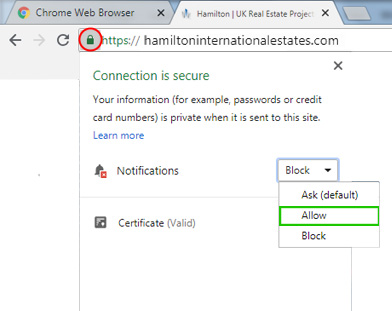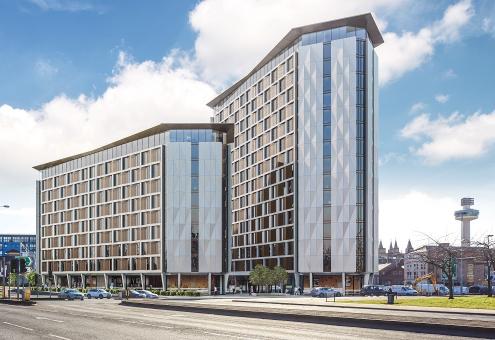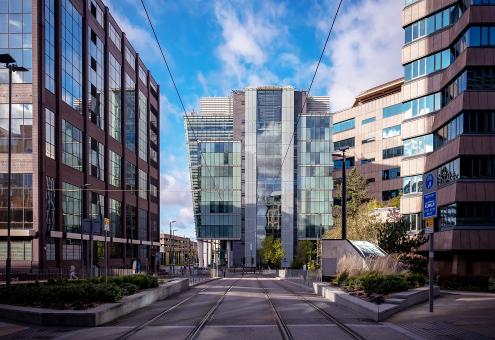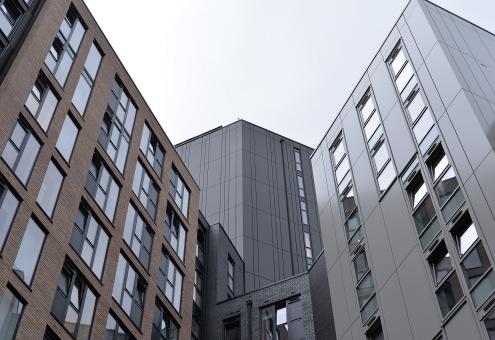Real Estate Investments in UK Determined by A Number of Factors
18 Jan 2019
Real Estate Investment UK
Several factors influence real estate sales, prices and rents in the UK, such as Brexit, change in stamp duty, levy on foreign ownership, taxation and new rules regarding Buy-to-Lets. In addition, some new issues, such as oversupply and inflated market values in some residential markets, are responsible for sales stagnation.
Brexit uncertainty may end by mid-2019, and then the prices may amend to adjust to the new realities, and the completion of Brexit can also lead to an increase in the number of transactions in the market.
Price can increase in case of interest rates reduce, leading to higher liquidity in the markets. Buy-to-let continues to attract. In 2018, the number of landlords grew to 2.5 million (in 2011 -2012, the number of landlords was 1.97 million), and the average returns delivered by buy-to-let properties have been up to 9.9 per cent since 2000.
Foreign buyers are investing in residential property in certain areas, leaving it empty and waiting for the value to increase. For example, one-third of the UK homes sold in 2018 for a price of £1m or more were bought by foreign buyers, mostly as second homes, where the risk of levy can increase rates in the investment markets in the coming months.
Rents Increase Outside London
Rents were reduced in London due to lower demand for homes in the capital city from EU migrants, and there is also evidence of higher migration of people within the UK from London.
London property market value is £1.77 trillion, which is over four times the combined value of regional cities – Birmingham, Edinburgh, Manchester, Bristol, Liverpool, Cardiff, Glasgow, and Sheffield. Rents increased outside London, highest in the Midlands this year.
In 2017-2018, 222,000 new homes were constructed, far below the promised 300,000. The failure of the government to build more homes and the population growth created a shortfall. In addition, Brexit remains a problem for real estate markets while the uncertainty is causing delays in the transaction.
Where to Invest?
In the current year, buyers need to identify the areas where property investment can provide desired returns and rental yields. There are some regions in the South where oversupply led to a lack of capital growth, but the price continues to grow in the North. As a result, the market will continue to grow until; the supply is lower than the demand.
The West Midland had one of the strongest growths across the UK, where the prices grew 4.6 per cent, as per ONS figures, although, overall in the UK, prices grew 2.8 per cent in November from 2.7 per cent in October 2018.
Other regions witnessing strong price growth are East Midlands UK - 4.4 per cent, South West -4.3 per cent and North East - 4 per cent up. In Wales, the price grew 5.5 per cent per annum, one of the largest annual growths. Scotland's price increased by 2.9 per cent in the year.
To know more about UK properties, click Hamilton International Estates (www.hamiltoninternationalestates.com).
Categorised in: All News












